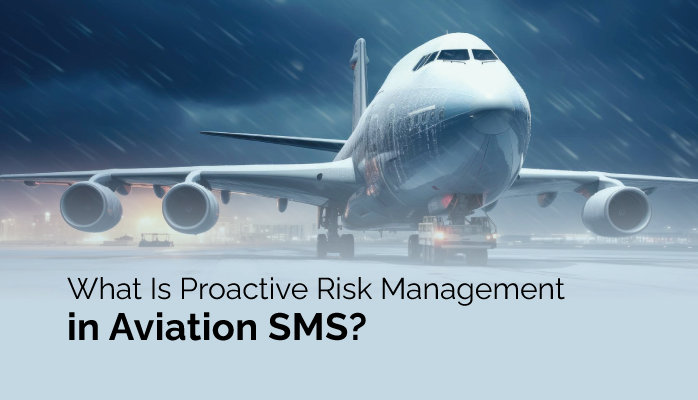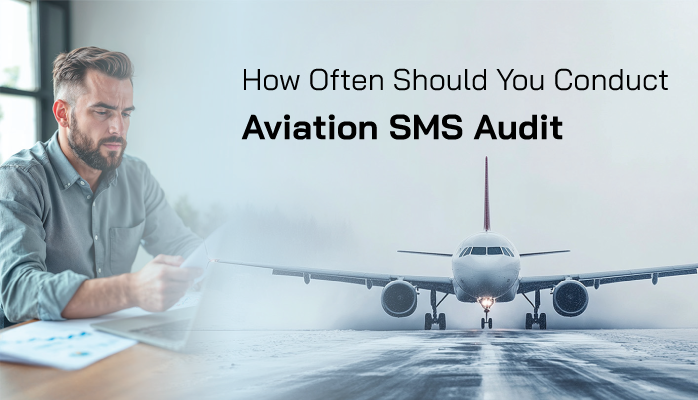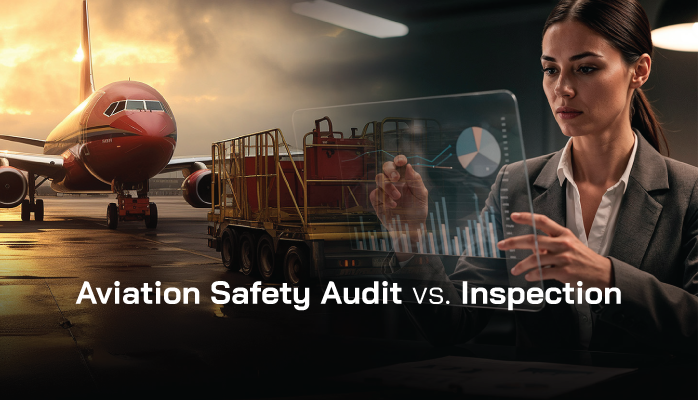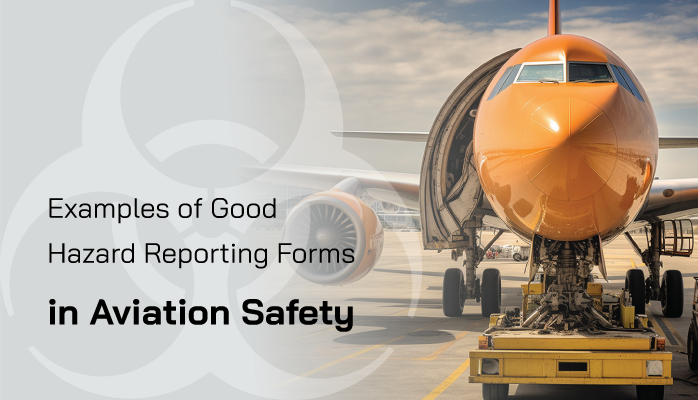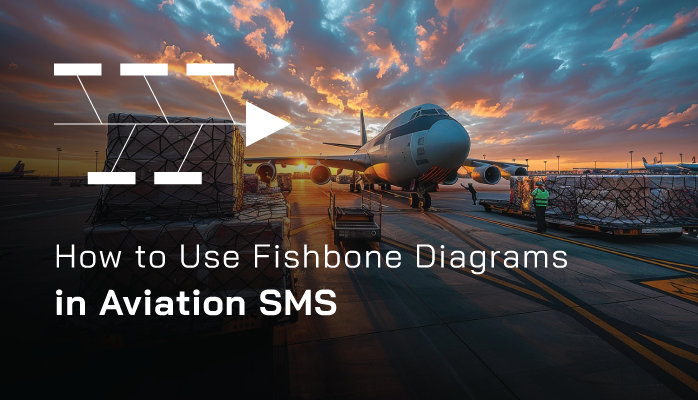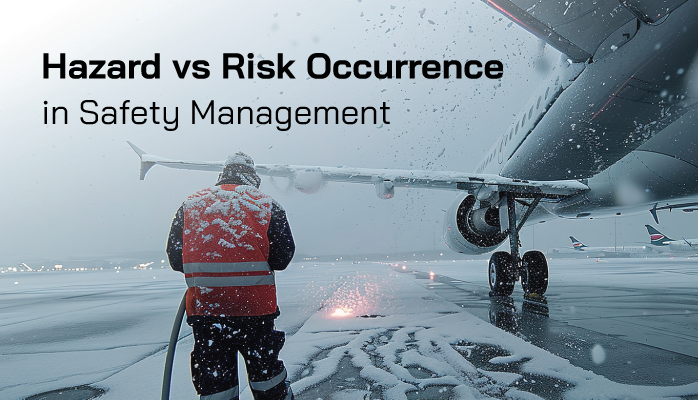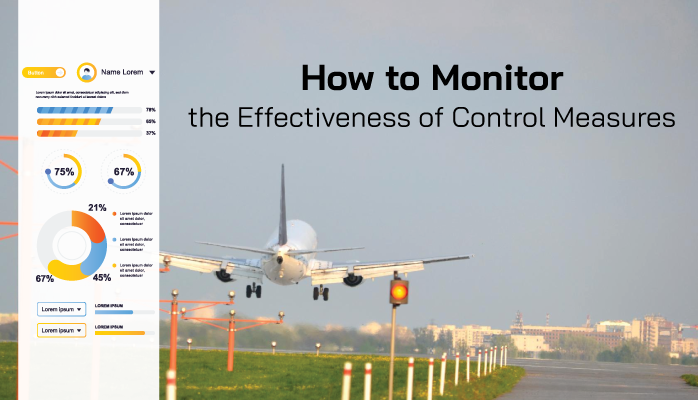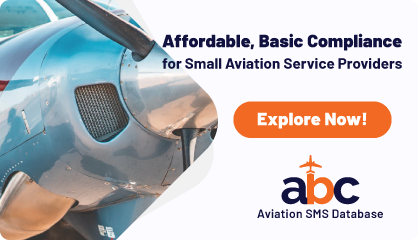Tyler Britton
350,000 words and counting on safety risk management concepts, guidance, tools, and best practices.
Understand What Is Proactive Risk Management
Proactive safety management is often upheld as the second highest form of risk management after "predictive risk management." This is because being able to demonstrate proactive risk management activities generally doesn’t happen until an aviation safety management system (SMS) matures beyond Phase 2.
The primary goals of proactive management of safety are:
- Identify precursors that lead to risk;
- Identify threats before they become dangerous; and
Read More
Topics:
2-Safety Risk Management
What Is an Internal Aviation SMS Audit
An internal aviation SMS audit is how you evaluate any part of your SMS.
On the one hand, you use such audits to ensure that certain actions are taking place in your SMS, such as SRM operations or continuous improvement.
Read More
Topics:
3-Safety Assurance
What Are the Top 5 KPIs in Aviation Safety
We recently analyzed the key performance indicators (KPIs) of hundreds of aviation service providers around the globe, and used our data to assess what the most common KPI concerns are for the aviation industry.
Read More
Topics:
Key Performance Indicators
Importance of Risk Level Breakdown in Aviation SMS
Simple safety charts often speak volumes.
A group of simple, yet related, safety charts evolves nicely into a performance monitoring dashboard.
Read More
Topics:
Risk Management Software
Interesting Discussion on Audits vs. Inspections
The other day, I had a rather interesting discussion with a couple of seasoned aviation safety managers on the topic of aviation safety audits vs inspections.
It took a while to come to a consensus about the primary differences, as well as the ideological implications of each.
Read More
Topics:
3-Safety Assurance
How to Use Hazard Reporting Forms in SMS
You can’t really overestimate the value and usefulness of having high-quality hazard reporting forms.
Hazard reporting underpins your ability to acquire data, which is the basis of most of the continuous improvement changes you make to your aviation SMS.
Read More
Topics:
2-Safety Risk Management
What Is a Fishbone Diagram?
Fishbone diagrams are perhaps the best risk management tool in aviation safety management systems (SMS) for gaining a comprehensive understanding of root causes of safety incidents.
A fishbone diagram derives its name from its fishlike appearance, with a head of several fins.
Read More
Topics:
2-Safety Risk Management
Why Definitions of Hazard and Risk Matter
One of the most ubiquitous problems in aviation risk management is the misuse of commonly used words, in particular “hazard” and “risk.” Often, these two items are either:
- Used interchangeably; or
- Used much too broadly.
Read More
Topics:
2-Safety Risk Management
Why You Need to Monitor the Effectiveness of Control Measures
Control measures are the heart of your aviation safety management system’s (SMS) risk mitigation efforts. You may call your "control measures" either:
- Risk controls; or
- Simply "controls."
Read More
Topics:
3-Safety Assurance
Why Repeat Safety Incidents Are a Big Concern
Repeat safety incidents are extremely indicative of management’s safety performance in mitigating safety concerns.
Having repeat safety incidents is clear evidence that management is “missing” or “overlooking” something when they are correcting reported safety concerns.
Read More
Topics:
Quality-Safety Management
